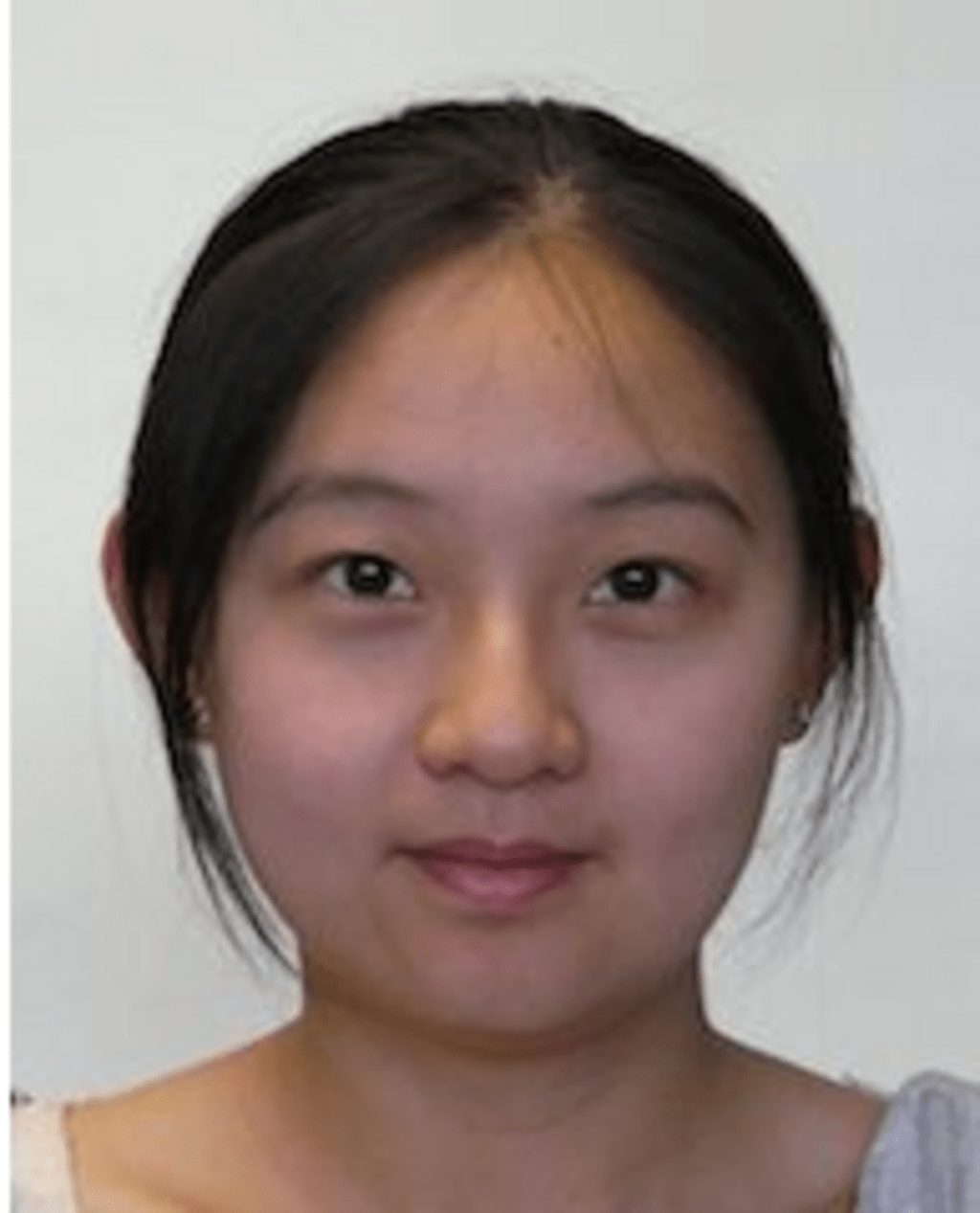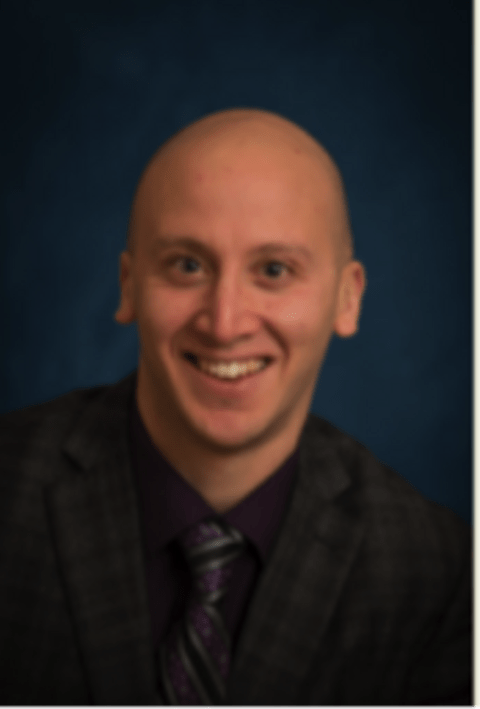RAC1 Journal Club/Seminar Series
 Xiaodong Ma: Topological insulator and the quantum anomalous Hall effect
Xiaodong Ma: Topological insulator and the quantum anomalous Hall effect
The quantum anomalous Hall effect (QAHE) is defined as a quantized Hall effect in a system without an external magnetic field. Its physical origin relies on the intrinsic topological inverted band structure and ferromagnetism.

